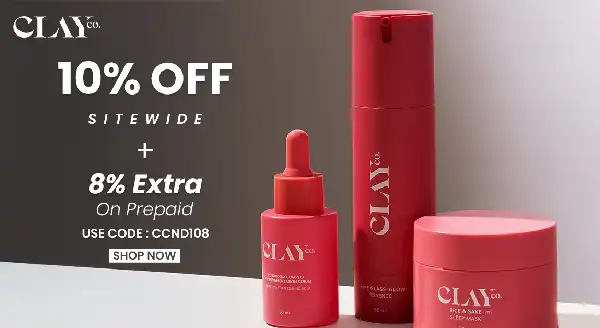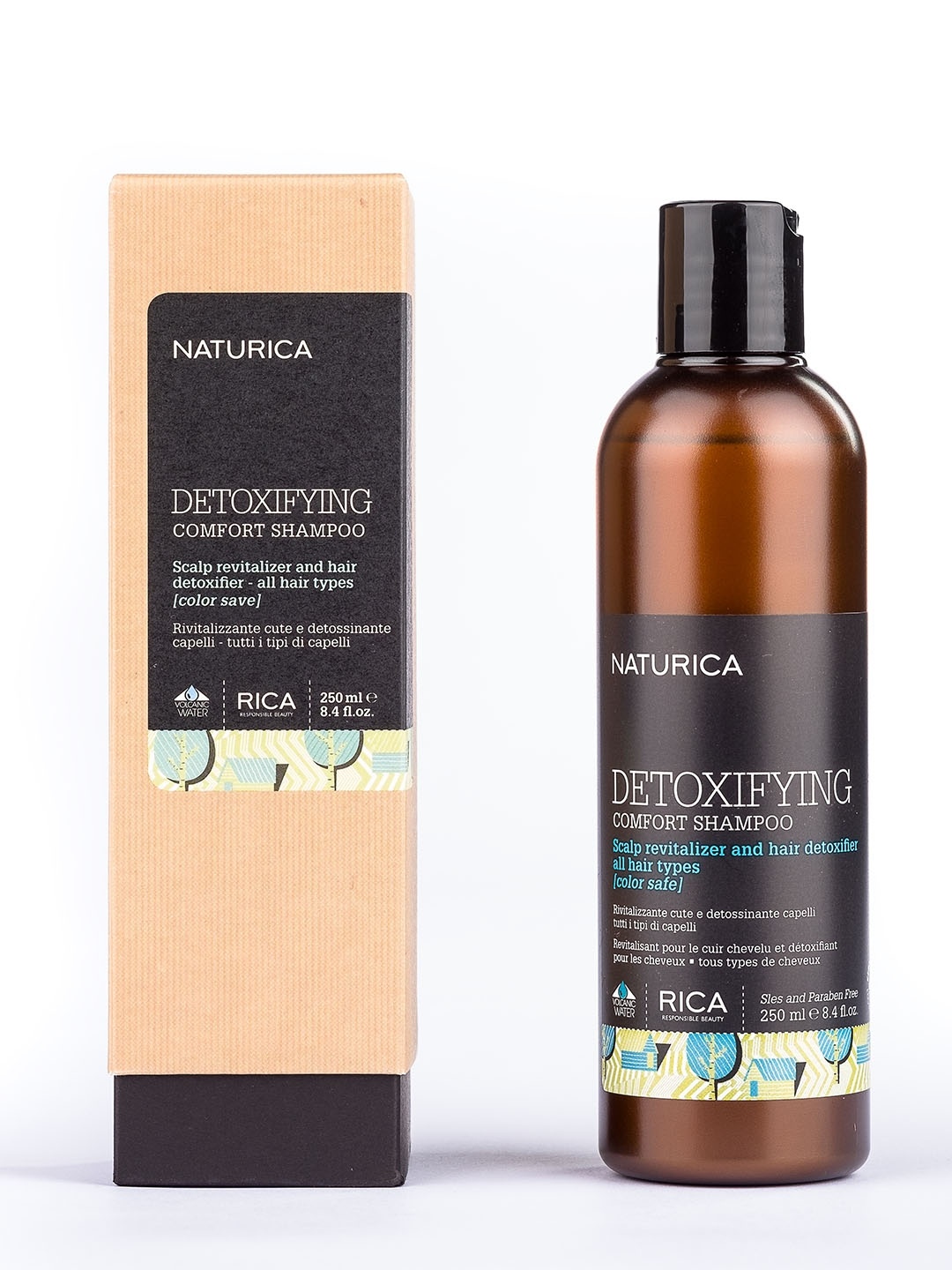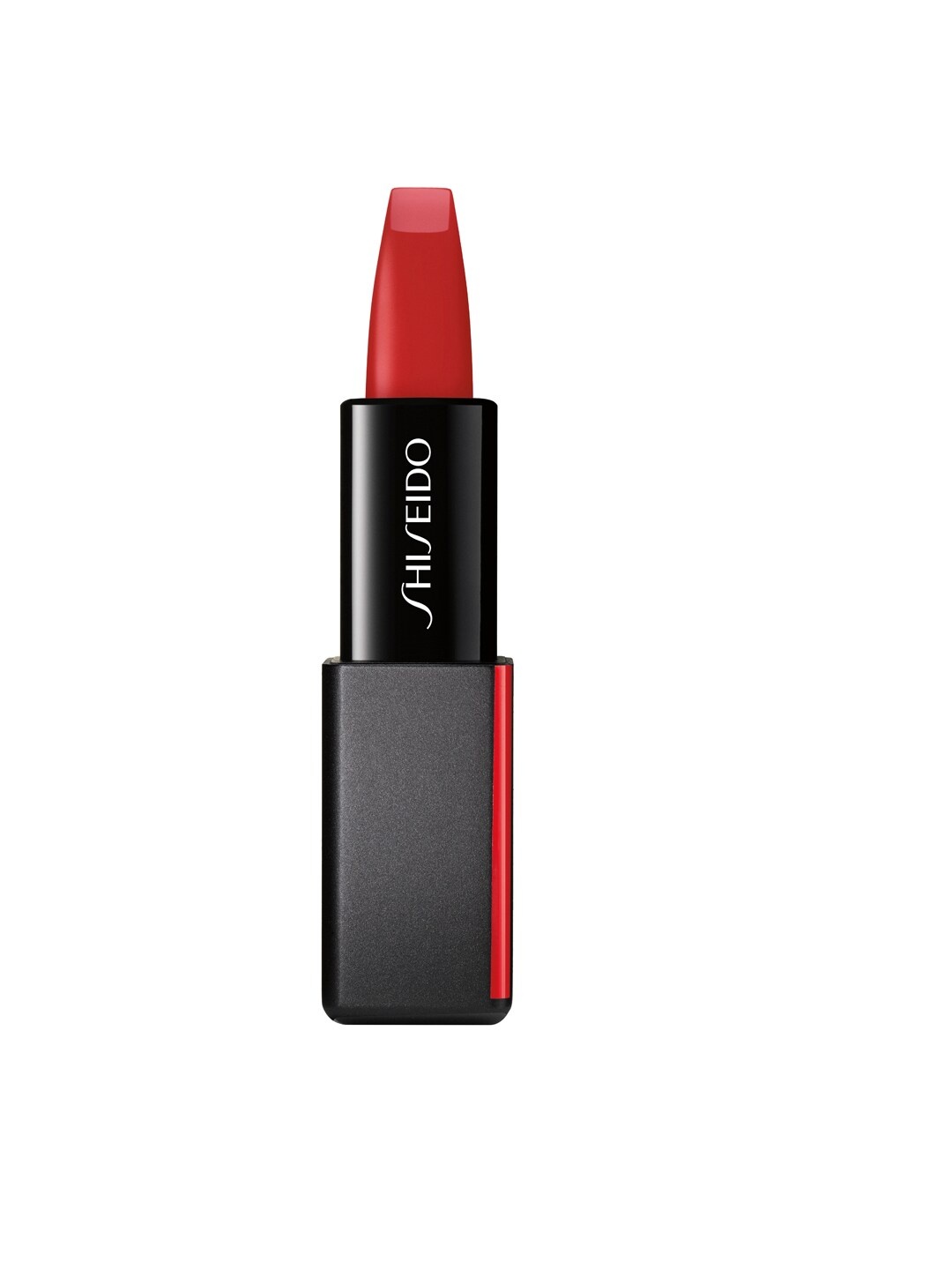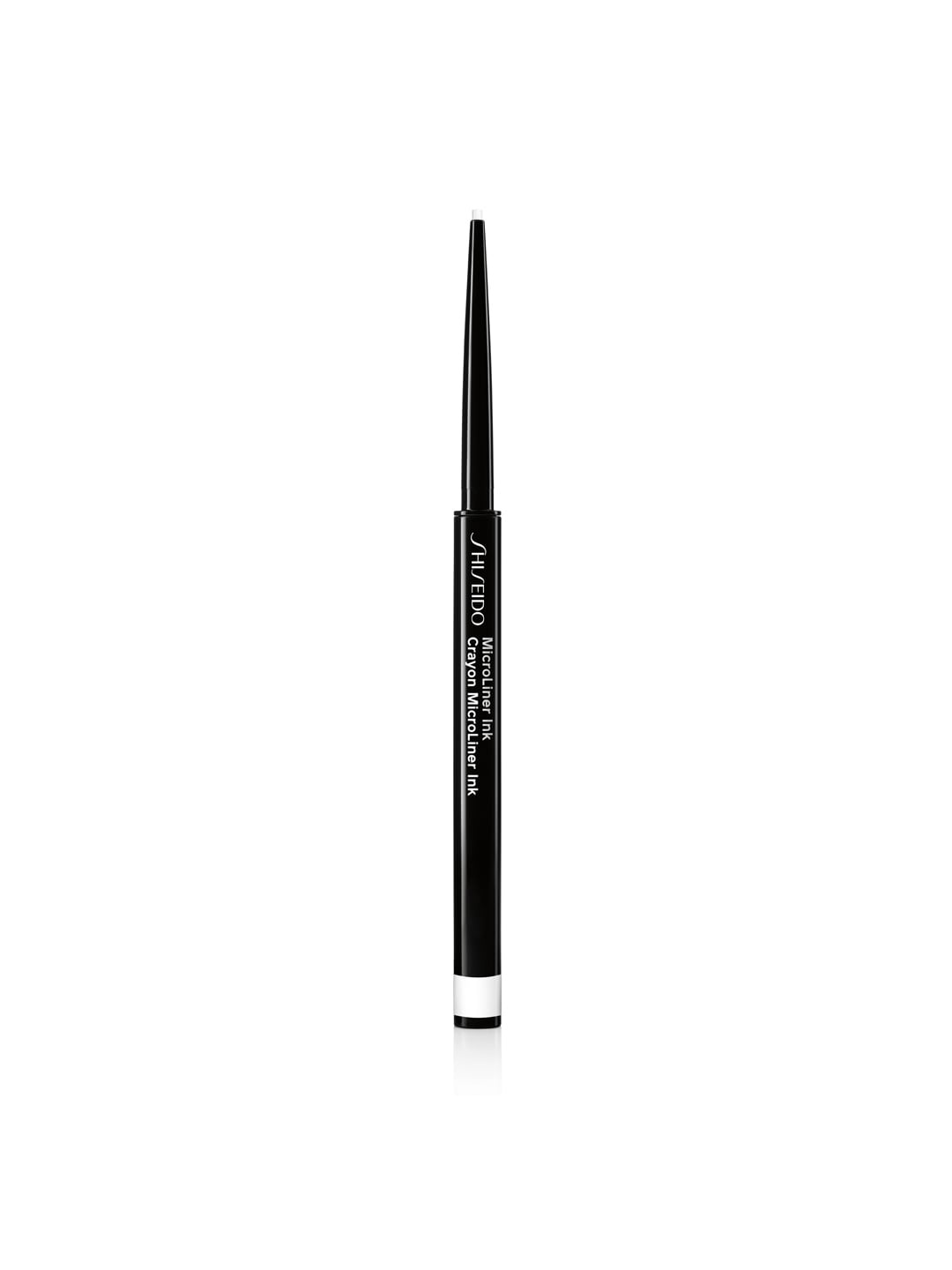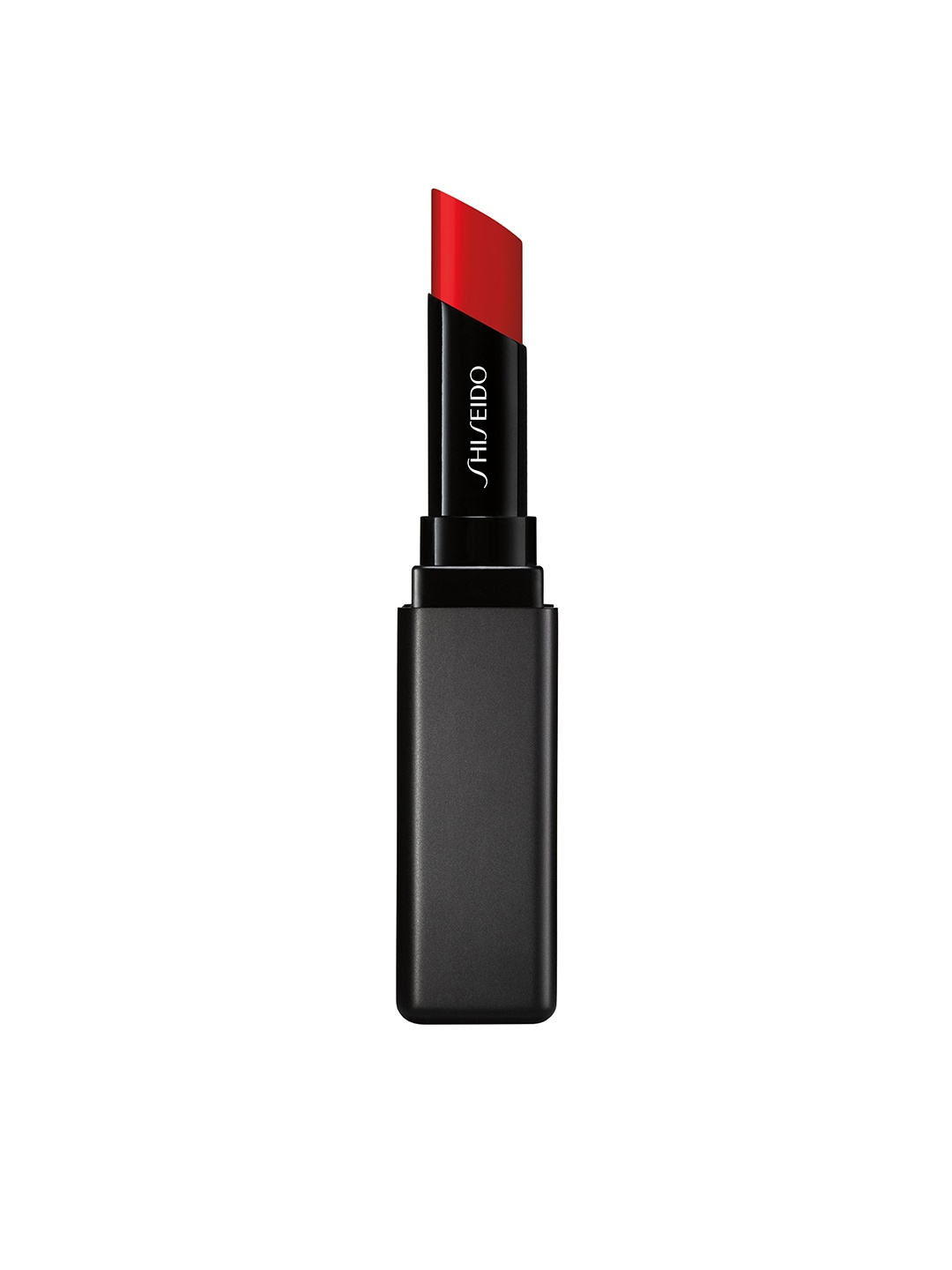From British Rose To Madagascar Vanilla: What Makes A Designer Perfume Premium?
From dew-kissed petals of British roses to sun-cured vanilla pods of Madagascar, premium perfumes are more than just scents; they are stories bottled in glass. But what truly sets them apart? Step into the world of rare ingredients, artisanal craftsmanship, and olfactory luxury.

From British Rose To Madagascar Vanilla: What Makes A Designer Perfume Premium?
The world is full of exquisite fragrances, with brands offering floral scents starting at just ₹500, and others presenting premium dupes at accessible prices. However, the difference between a mass-market scent and a premium perfume is more than just price - it's the story of origin, artistry, and olfactory sophistication. From the delicate petals of British roses to the exotic sweetness of Madagascar vanilla, premium perfumes are crafted using rare ingredients, meticulous techniques, and a profound understanding of scent psychology.

Know What Makes A Designer Perfume Premium
Photo Credit: Pexels
What Makes A Designer Perfume Premium?
Understanding The Scent Origin
The journey of a premium perfume often begins in the fields, sometimes halfway across the world. British roses, for example, are cultivated in cool, misty climates that enhance their delicate, powdery aroma. These blooms are typically harvested at dawn, when their scent is most potent. Similarly, Madagascar vanilla is one of the most prized ingredients in perfumery. Its cultivation is labour-intensive: each orchid flower must be hand-pollinated, and the pods are cured over several months to develop their signature creamy, balsamic richness.
While designer perfumes may not always use the rarest raw materials, they often incorporate high-quality natural extracts or sophisticated synthetic interpretations that mimic nature with remarkable accuracy. This balance allows for consistency, affordability, and creative freedom.
The Faces of Premium Designer Fragrance
Designer fragrance houses have mastered the art of creating perfumes that are both luxurious and wearable. These scents are often backed by fashion legacies, celebrity endorsements, and bold visual branding, making them instantly recognisable and widely loved. Some premium fragrances that you may have come across in the recent past:
- Tom Ford Black Orchid: A daring, opulent fragrance that combines black truffle, ylang-ylang, and patchouli. It's sensual, mysterious, and unisex. Tom Ford's 'Private Blend' collection, including Tobacco Vanille and Oud Wood, is especially revered among collectors for its richness and complexity.
- Calvin Klein Euphoria: A modern classic that blends exotic fruits and florals with a creamy, woody base. With notes of pomegranate, orchid, and mahogany, it's a fragrance that feels both seductive and sophisticated.
- Versace Dylan Blue Pour Homme: A bold, aromatic scent that balances aquatic freshness with incense, musk, and tonka bean. It's a fragrance that captures the essence of Mediterranean masculinity - confident, stylish, and timeless.
- Narciso Rodriguez For Her Musc Noir Eau De Parfum: This perfume is a tribute to the powerful mystique of a woman's inner beauty and her innate sensuality. It blends plum, heliotrope, and suede with the signature heart of musk. Musc Noir evokes the allure of bare skin wrapped in velvet, making it a favourite among those who appreciate understated elegance and emotional depth in their scent.
These perfumes may not be the most expensive on the market, but they are premium in their craftsmanship, branding, and emotional resonance.
Why People Love Premium Perfumes?
For many fragrance lovers, perfume is more than a finishing touch, it's a form of self-expression. Pragatti Khurrana, a 28-year-old collector from Chandigarh, explains, “I don't just wear perfume, I collect it like art. My Tom Ford Oud Wood is my power scent, while Calvin Klein Euphoria is my go-to for romantic evenings. Each bottle holds a memory.”
Chandranshu Kumar, a 25-year-old guitarist and a fragrance enthusiast from Delhi, added, “Versace Dylan Blue is my signature. It's fresh, confident, and always gets compliments. Designer perfumes strike the perfect balance between luxury and accessibility.”
These personal connections are what elevate a perfume from a product to a part of one's identity.
The Ingredient Equation
There's an ongoing debate in the fragrance world about natural versus synthetic ingredients. While niche perfumers often emphasise naturals for their depth and authenticity, designer brands embrace synthetics for their stability, sustainability, and creative versatility.
Premium designer perfumes often use a blend of both. For example, synthetic musks and ambers can enhance longevity and projection, while natural florals and spices add complexity. The result is a fragrance that performs well, smells luxurious, and remains consistent across batches.
The Art Behind The Bottle
Premium perfumes are also defined by their concentration and composition. Eau de toilette (EDT) typically contains 5-15% aromatic compounds, while eau de parfum (EDP) ranges from 15-20%, and parfum (or extrait) can reach up to 40%. Higher concentrations offer longer wear and a more nuanced evolution on the skin.
But it's not just about strength, it's about structure. A well-crafted perfume unfolds in layers: top notes that make the first impression, heart notes that define the character, and base notes that linger. This olfactory architecture is what gives premium perfumes their signature complexity.
Packaging And Prestige
In the premium segment, packaging is more than just a container, it's part of the experience. Tom Ford's sleek, minimalist bottles scream elegance. Giorgio Armani's rich red bottle captures the essence of passion. Versace's gold-accented flacons reflect the brand's opulent aesthetic.
These visual cues reinforce the identity of the fragrance and enhance its desirability. For many consumers, the bottle is as important as the scent itself.
Products Related To This Article
1. Tom Ford Black Orchid Eau De Toilette
Click To Buy Tom Ford Black Orchid Eau De Toilette
Photo Credit: SS Beauty
2. CALVIN KLEIN Euphoria Eau De Parfum
Click To Buy CALVIN KLEIN Euphoria Eau De Parfum
Photo Credit: SS Beauty
3. Versace Pour Femme Dylan Blue Eau De Parfum
Click To Buy Versace Pour Femme Dylan Blue Eau De Parfum
Photo Credit: SS Beauty
4. Narciso Rodriguez For Her Musc Noir Eau De Parfum
Click To Buy Narciso Rodriguez For Her Musc Noir Eau De Parfum
Photo Credit: SS Beauty
5. Giorgio Armani Si Passione Eau De Parfum
Click To Buy Giorgio Armani Si Passione Eau De Parfum
Photo Credit: SS Beauty
Frequently Asked Questions (FAQs)
1. What makes a designer perfume “premium”?
Premium designer perfumes stand out due to their high-quality ingredients, expert formulation, brand prestige, and emotional appeal. They may not use the rarest materials, but they offer a luxurious experience through craftsmanship and storytelling.
2. Are designer perfumes as good as niche or luxury fragrances?
Designer perfumes are crafted for broader appeal and often prioritise wearability and consistency. While niche perfumes may use rarer ingredients, designer scents like those from Tom Ford or Versace offer excellent quality and performance at a more accessible price point.
3. Why do some designer perfumes cost more than others?
Factors include concentration (EDT vs. EDP), packaging, marketing, and the complexity of the formula. Limited editions or private collections (like Tom Ford's Private Blend) often command higher prices due to exclusivity and richer compositions.
4. How long do premium perfumes last on the skin?
It depends on the concentration and skin chemistry. Eau de parfums typically last 6-8 hours, while parfums can last even longer. Designer perfumes are formulated to maintain a strong presence without being overpowering.
5. Can I build a fragrance wardrobe with designer perfumes?
Absolutely. Designer perfumes offer a wide range of styles, from fresh and sporty to deep and sensual, making them ideal for building a versatile fragrance wardrobe for different moods and occasions.
So, what makes a perfume premium? It's a combination of ingredient quality, artistic composition, brand heritage, and emotional impact. Whether it's the sensual richness of Tom Ford, the modern allure of Calvin Klein, the Mediterranean boldness of Versace, or the sensual Narciso Rodriguez, premium perfumes offer more than just a pleasant aroma, they offer a story, a mood, a memory.












